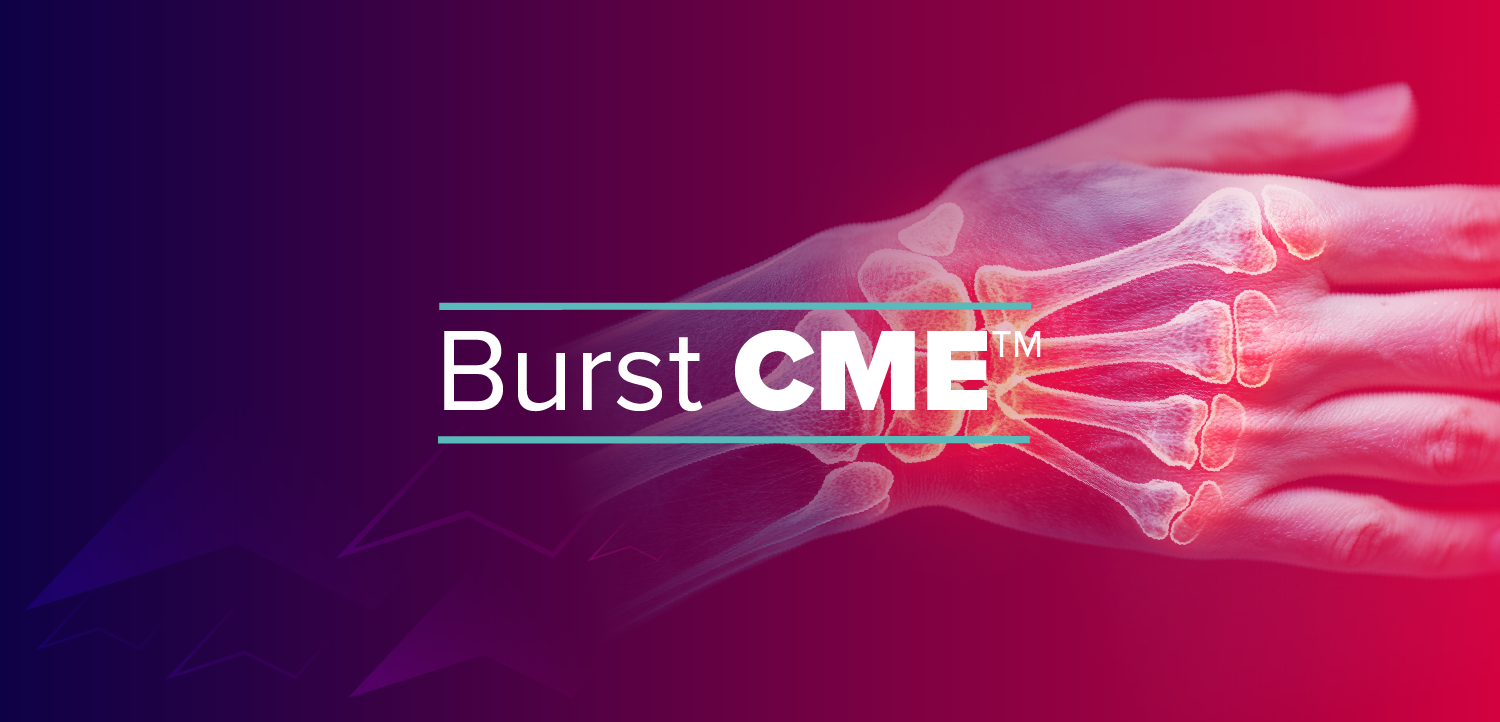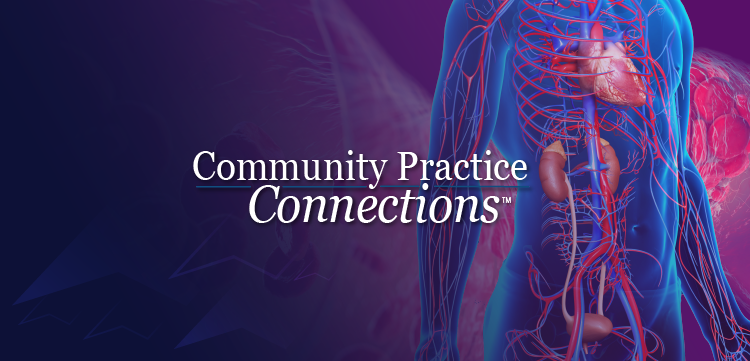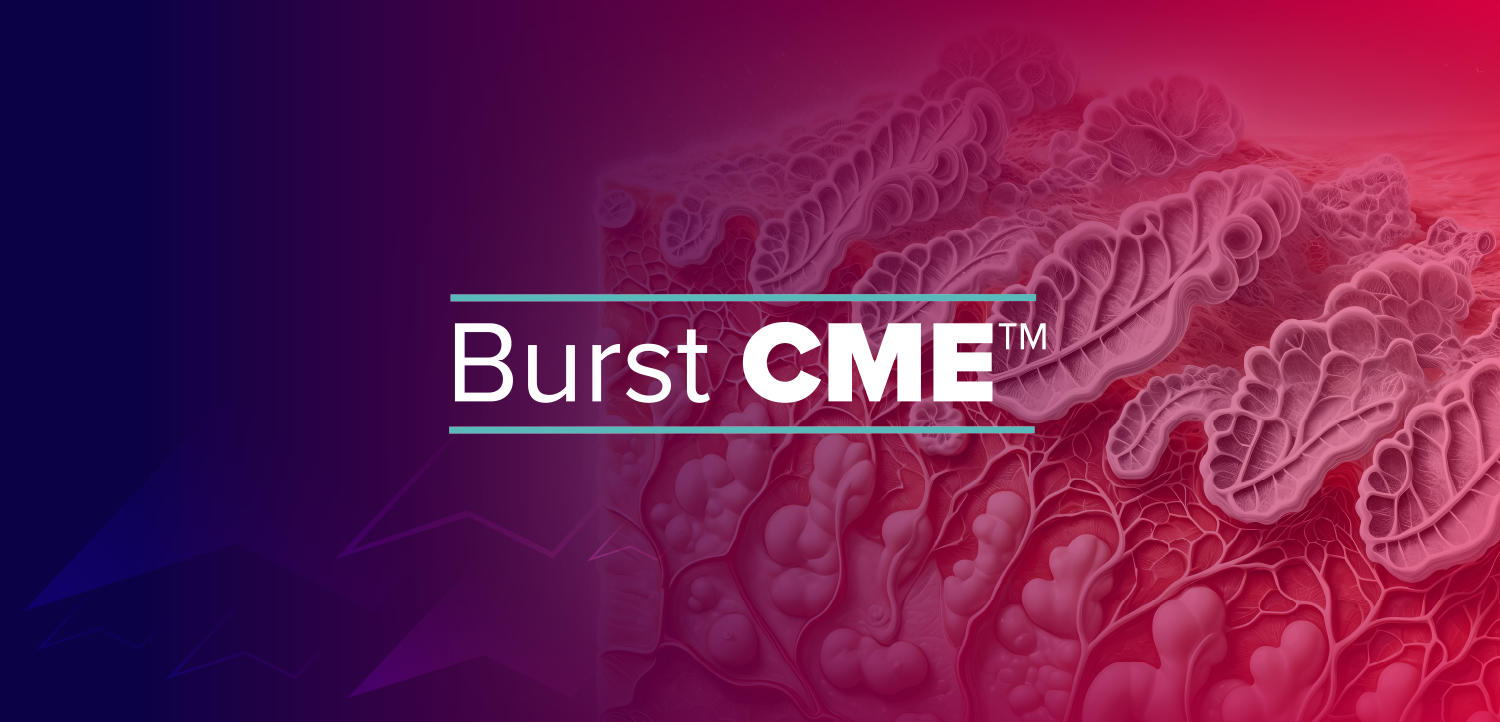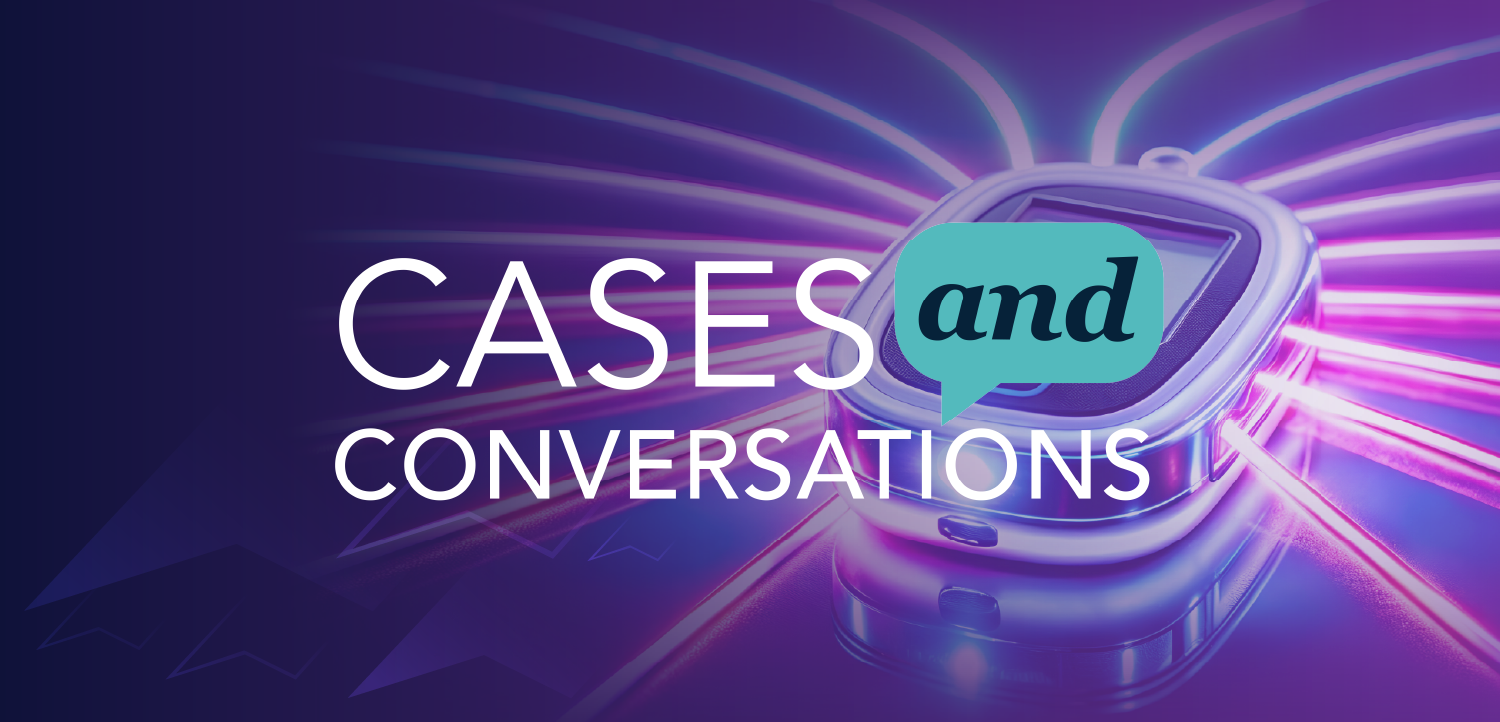Assessing Your Day at Practice Through Three Key Questions
I realize that I counted on my longer commute to transition between home and work. I need to maintain that transition time, but do it more efficiently and consciously.
One of the better things about my new job is the commute - just under 10 minutes from my garage to sitting at my office desk. In almost every way this is an advantage, particularly in snowy Wisconsin where travel can be both dangerous and significantly lengthened during a snowstorm. However, I realize that I counted on my longer commute (25 minutes) to transition between home and work. I need to maintain that transition time (in both directions) but do it more efficiently and consciously.
I found a great recommendation on Peter Bregman’s blog on the
I decided to attempt to answer these questions every day before I leave. I’m hopeful that it will help me to be thoughtful about what is going well and what is not in my new position, allow me to connect in a meaningful way with all the new people I am meeting, and prioritize all of the things I need to learn about my new patients, my new colleagues, my new office, and my new employer.
Yesterday’s summary included the following answers:
Things that went well: I finished all of my notes by the end of the day and stayed on time (not too challenging when I’m only seeing a patient an hour), I was able to connect with a scared, sick, and crying three-year-old who remarked to his mom as they were leaving my exam room “I like that big girl.”
Things that could be better: Actually not too much; just working on the learning curve.
Things I learned: How coding (which is supposed to be pretty standard) is interpreted differently in my new clinic than in my previous clinic.
Interactions included the aforementioned three-year-old, numerous medical assistants, and other clinical staff whose names I have yet to learn, and several new colleagues who are patient with my endless questions but also kind enough during their own busy days to check in and make sure my transition is going well.
Newsletter
Optimize your practice with the Physicians Practice newsletter, offering management pearls, leadership tips, and business strategies tailored for practice administrators and physicians of any specialty.







